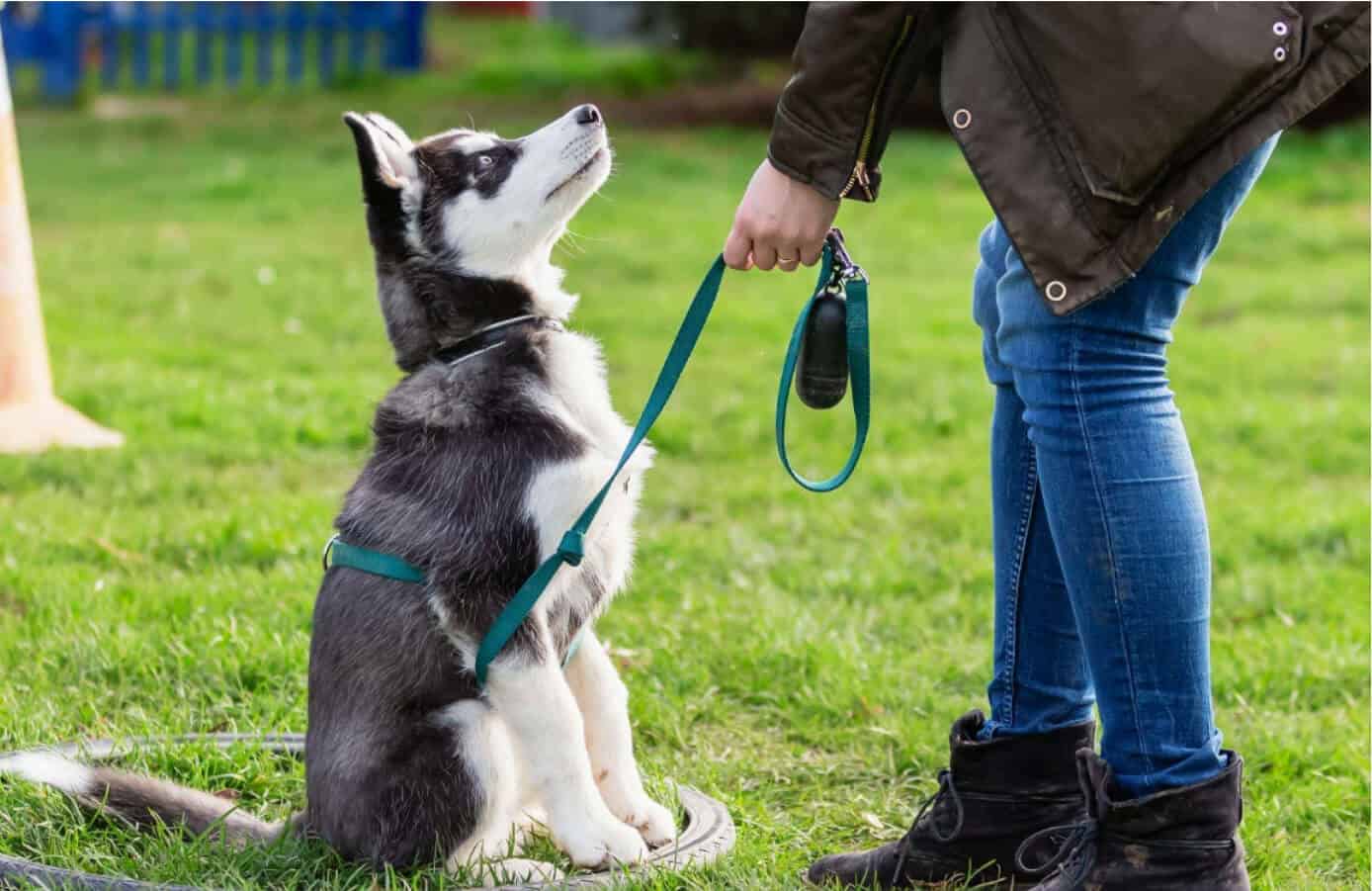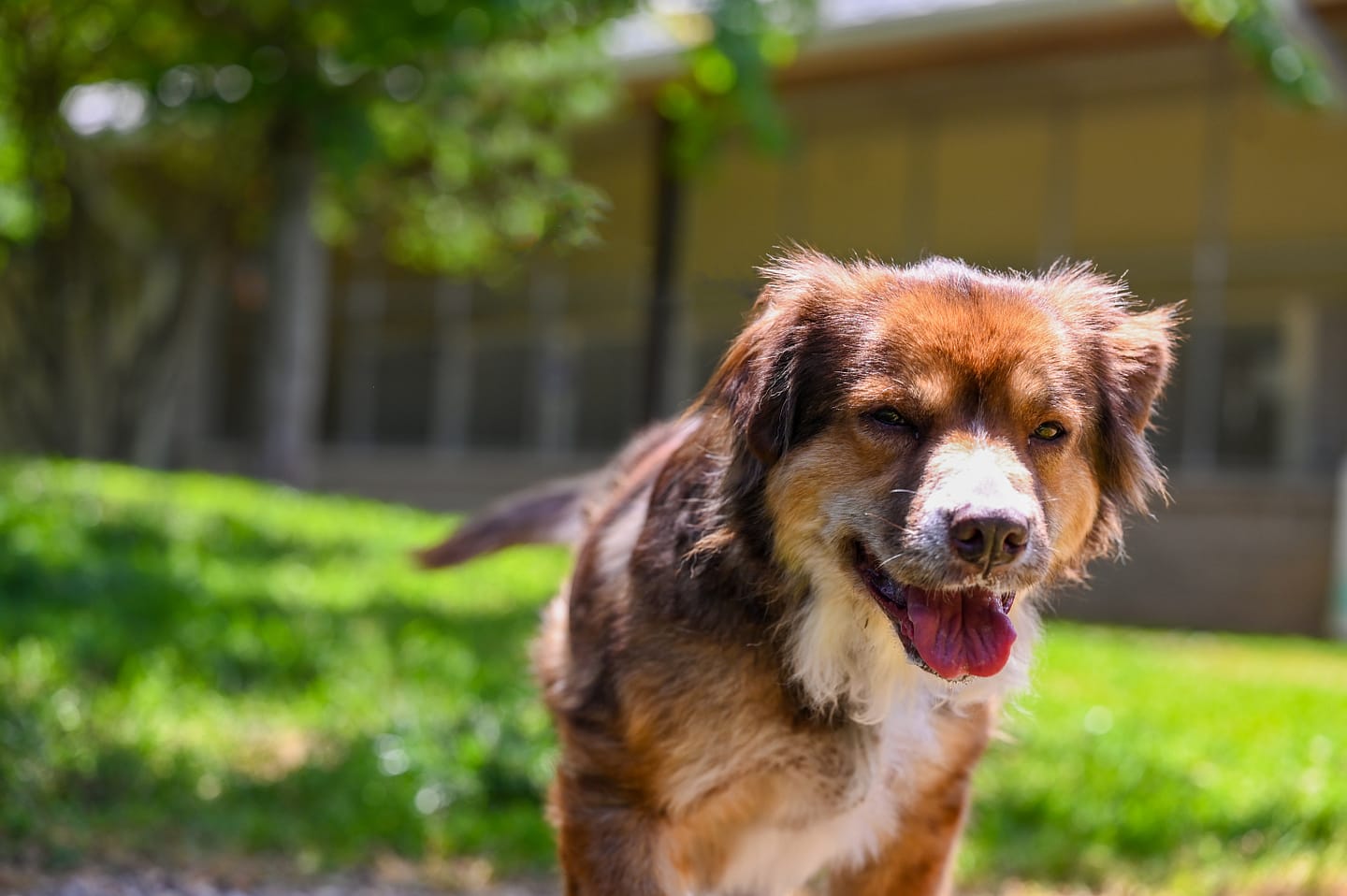Fun Activities to Boost Your Dog Training Experience
Fun Activities to Boost Your Dog Training Experience
Blog Article
Necessary Tips for Effective Dog Training: A Guide for Family Pet Owners
Efficient pet training is a complex procedure that calls for a tactical strategy customized to both the animal's character and the proprietor's purposes. Key parts such as establishing constant commands, employing favorable reinforcement, and assisting in very early socialization play essential roles in fostering a well-adjusted canine buddy. Nevertheless, many pet dog owners encounter obstacles that can hinder progress, resulting in disappointment and unpredictability. Understanding exactly how to navigate these obstacles can considerably improve the training experience, inevitably changing the partnership between owner and pet. What are the necessary strategies that can be used to make sure success in this undertaking?
Recognizing Canine Habits
Comprehending canine habits is vital for efficient training and promoting an unified connection in between pooches and their owners. Pets interact mostly with body movement, vocalizations, and actions, making it vital for owners to interpret these signals precisely. Identifying a pet's stance, tail placement, and ear positioning can give understandings right into its mood. A wagging tail does not always show joy; it can also signal excitement or stress and anxiety.

Socialization plays a considerable role in pet habits; exposure to numerous atmospheres, people, and various other animals can considerably impact a canine's personality. Additionally, aspects such as type qualities and specific character must lead training methods, as some types may have specific behavioral attributes that demand customized techniques. By understanding these elements, owners can develop an encouraging environment that urges positive actions, causing effective training end results and a deeper bond with their pet dogs.
Establishing Regular Commands
Efficient communication with your pet begins with developing consistent commands. This fundamental element of training is crucial for cultivating understanding between you and your pet dog. Consistency in the commands you use ensures that your canine can accurately associate certain words or phrases with the wanted behaviors.
When choosing commands, pick clear, distinct words that are simple to distinguish and state from one an additional. Avoid utilizing similar-sounding commands that might perplex your canine. For instance, making use of "sit" and "remain" is suitable, however "rest" and "struck" could bring about misunderstandings.
Additionally, maintain the very same tone and volume for each command. Pets are sensitive to vocal cues, so differing your tone can produce confusion.
It is just as important to ensure that all member of the family get on the same web page concerning the commands utilized. A united front in command use will protect against combined signals and enhance the learning procedure.
Positive Support Strategies
The power of favorable support in pet dog training lies in its ability to motivate preferred behaviors via benefits and praise. This strategy is grounded in the concept that actions complied with by beneficial outcomes are more most likely to be repeated. By including positive support right into your training routine, you can successfully shape your pet dog's behavior in a positive way.
To implement favorable support, it's important to recognize what inspires your pet, whether it be treats, playthings, or verbal appreciation. When your pet dog performs a preferred activity, such as remaining on command, immediately compensate them with a treat or love. This organization between the command and the favorable outcome enhances their understanding.
It's crucial to timing the benefits appropriately; delivering the support within secs of the desired habits assists your dog make the connection (dog training). Furthermore, uniformity is vital-- guarantee that all family participants use the exact same commands and benefit systems to avoid confusion

Gradually, you can minimize the frequency of treats as your canine finds out the actions, transitioning to praise or intermittent benefits. This approach not just cultivates a strong bond between you and your dog but likewise advertises a favorable understanding environment, making educating a satisfying experience for both.
Socialization and Communication
Continually exposing your dog to a range of settings, individuals, and various other my explanation pets is essential for their social development. Socialization ought to begin early, ideally during the vital window of 3 to 14 weeks, when puppies are most receptive to new experiences. However, older canines can also take advantage of continuous socialization initiatives.
Introduce your dog to various setups, such as parks, pet-friendly stores, and urban locations. This direct exposure assists them adapt to numerous stimulations, lowering anxiousness and concern feedbacks. Motivate positive communications with various other pet dogs and people, making sure that these encounters are controlled and risk-free to cultivate confidence.
Use organized playdates with genteel canines, as this can enhance your canine's social skills and show them suitable habits. Obedience courses and training sessions also give exceptional opportunities for socializing, allowing your pet to interact with others in a supervised environment.
Monitor your canine's body language throughout interactions, as this will help you evaluate their comfort degree. Slowly boost direct exposure to even more difficult situations while making sure that each experience declares. A well-socialized canine is most likely to show balanced actions, making them a delight to have in any type of setting.
Dealing With Usual Training Difficulties
Every canine proprietor will certainly experience training difficulties eventually, despite their canine's age or socializing degree. Recognizing common problems such as stubbornness, distractions, and terror can help in establishing efficient strategies for improvement.

Diversions throughout training sessions can derail focus. To combat this, start training in a quiet environment with minimal stimuli. Gradually introduce interruptions as the canine becomes much more skilled in commands. Short, regular training sessions are likewise efficient in keeping focus.
Terror can prevent a dog's learning procedure. Progressive desensitization to the source of anxiety, paired with favorable reinforcement, can help ease stress and anxiety. Patience is crucial; never compel a pet into a situation that causes distress, as this may aggravate the problem.
Eventually, understanding and resolving these typical challenges with an organized method will cultivate a much more productive training experience, reinforcing the bond between pet and owner while advertising efficient understanding.
Verdict
In summary, effective canine training relies upon a comprehensive understanding of canine actions, the establishment of consistent visit their website commands, and the application of positive support methods. Socializing plays a critical duty in developing well-adjusted family pets, while dealing with usual training challenges needs perseverance and versatility. By applying these important approaches, animal proprietors can cultivate a strong bond with their pet dogs and advertise desirable habits, inevitably leading to an unified connection in between human beings and their canine buddies.
Understanding dog actions is essential for effective training and fostering a harmonious relationship between dogs and their proprietors.Socializing plays a significant role in pet behavior; direct exposure to various environments, people, and other visit this page pets can considerably impact a pet's personality.The power of positive reinforcement in dog training exists in its ability to encourage desired behaviors with benefits and praise. By incorporating favorable reinforcement into your training program, you can successfully form your canine's behavior in a positive way.
In recap, effective dog training counts on an extensive understanding of canine habits, the establishment of consistent commands, and the application of positive support strategies.
Report this page